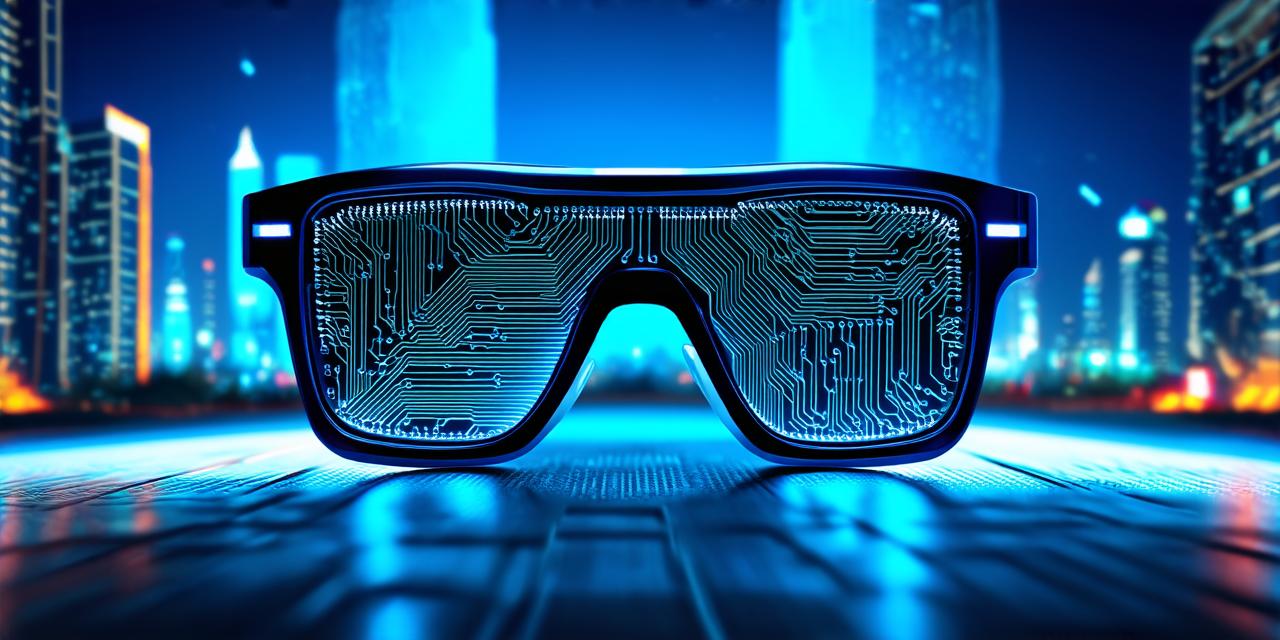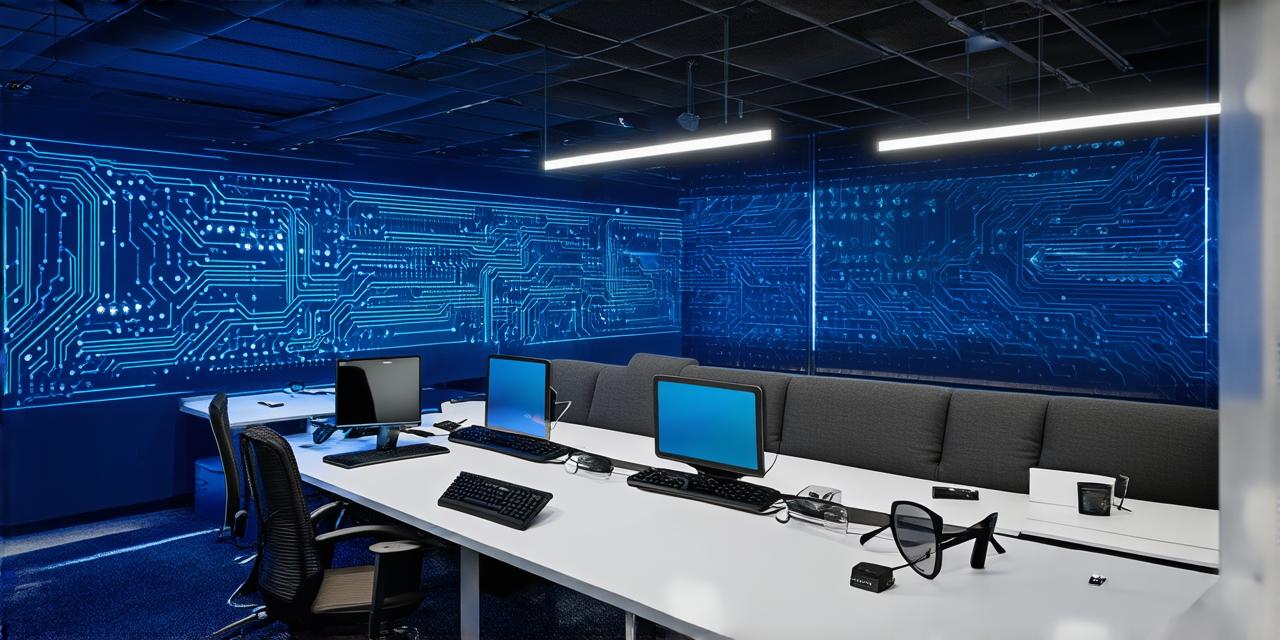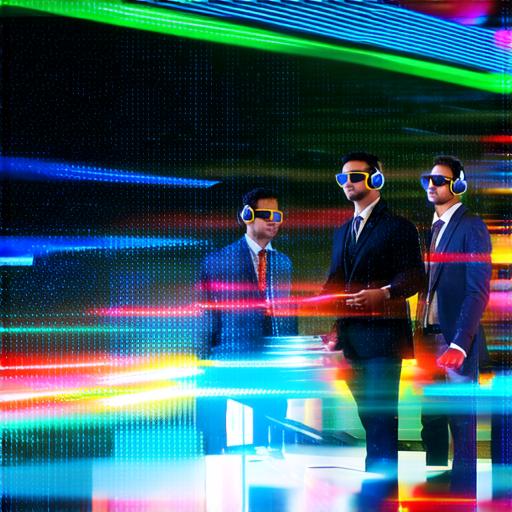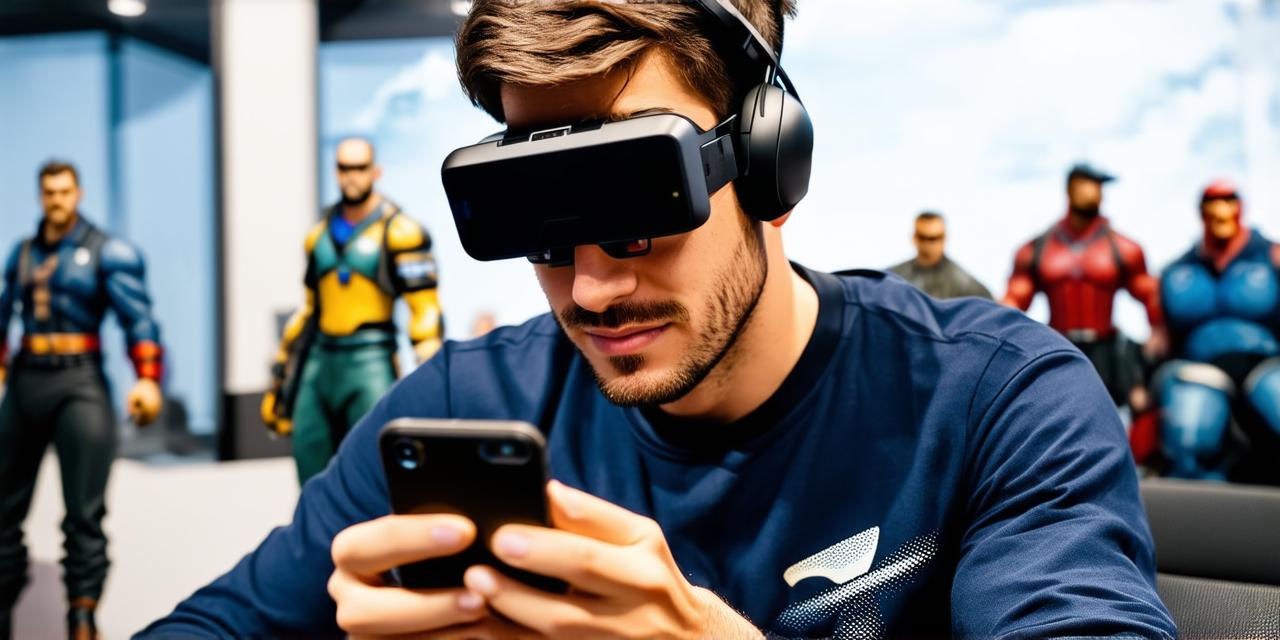Augmented reality (AR) is an emerging technology that allows for the integration of virtual objects into the real world. While AR has primarily been associated with gaming and entertainment, its potential applications in workplace settings are vast. By leveraging AR, organizations can improve efficiency, productivity, and overall performance. In this article, we will explore how AR can be implemented in various industries to create a more effective and engaging work environment.
Introduction
AR is defined as the overlaying of digital information onto the real world. This technology has gained significant attention in recent years due to its potential for enhancing user experiences. However, it’s not only about creating immersive games or virtual reality environments. AR can also be used in a work setting to create a more productive and efficient work environment.
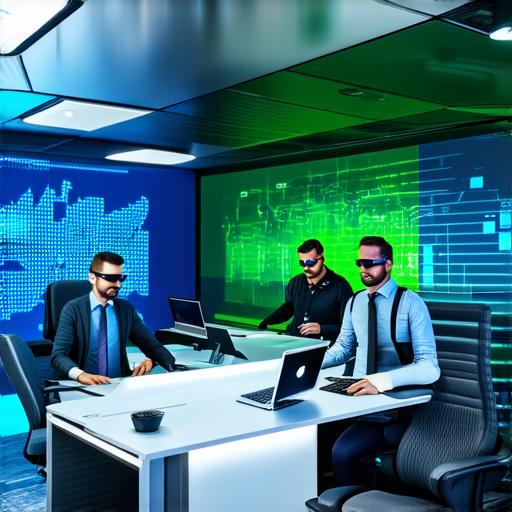
Case Studies: Healthcare
One of the most promising areas for AR in the workplace is healthcare. By using AR, doctors can view patient data in real-time, allowing them to make quicker and more accurate diagnoses. For example, the Stanford University School of Medicine has developed an AR app called "Surgical Reality" that allows surgeons to visualize 3D models of patients’ anatomy during surgery. This helps reduce errors and speeds up the surgical process.
Case Studies: Manufacturing
AR can also be used in manufacturing to increase efficiency and reduce errors. By using AR, workers can visualize 3D models of products and assembly instructions, making it easier for them to complete tasks accurately and quickly. For example, the automotive manufacturer Audi has implemented an AR system that allows workers to see digital overlays on their assembly line, guiding them through each step of the manufacturing process.
Case Studies: Retail
AR can be used in retail to create more engaging shopping experiences and improve customer service. By using AR, customers can see virtual try-on options or explore products in 3D before making a purchase. For example, the furniture retailer IKEA has developed an AR app called "Place" that allows customers to see how furniture would look in their homes before buying it.
Case Studies: Healthcare
Another application of AR in healthcare is in patient education. By using AR, patients can receive more interactive and engaging instructions on how to manage their conditions. For example, a company called "Augmented Reality Medical Training" has developed an AR app that allows patients with diabetes to learn how to check their blood sugar levels by overlaying digital information onto real-world objects like cups of soda or glasses of wine.
Case Studies: Manufacturing
AR can also be used in maintenance and repair. By using AR, workers can access real-time information about equipment and tools, reducing downtime and increasing productivity. For example, GE has developed an AR app called "RealWorks" that allows technicians to view 3D models of aircraft engines, making it easier for them to troubleshoot and repair issues in the field.
Case Studies: Retail
AR can be used to streamline inventory management and reduce errors. By using AR, workers can scan products and track their location more efficiently, reducing the time and cost of searching for items. For example, Walmart has implemented an AR system that allows workers to scan products and view real-time information about inventory levels, making it easier for them to restock shelves and manage stock levels.
The Future of AR in the Workplace
As technology continues to advance, AR is likely to become more integrated into workplace settings. By leveraging AR, organizations can improve efficiency, productivity, and overall performance, creating a more effective and engaging work environment for employees. However, it’s important to note that the adoption of AR in the workplace requires careful planning and consideration of the specific needs of the organization. It’s crucial to choose the right AR technology and develop a strategy that aligns with business goals and objectives.



